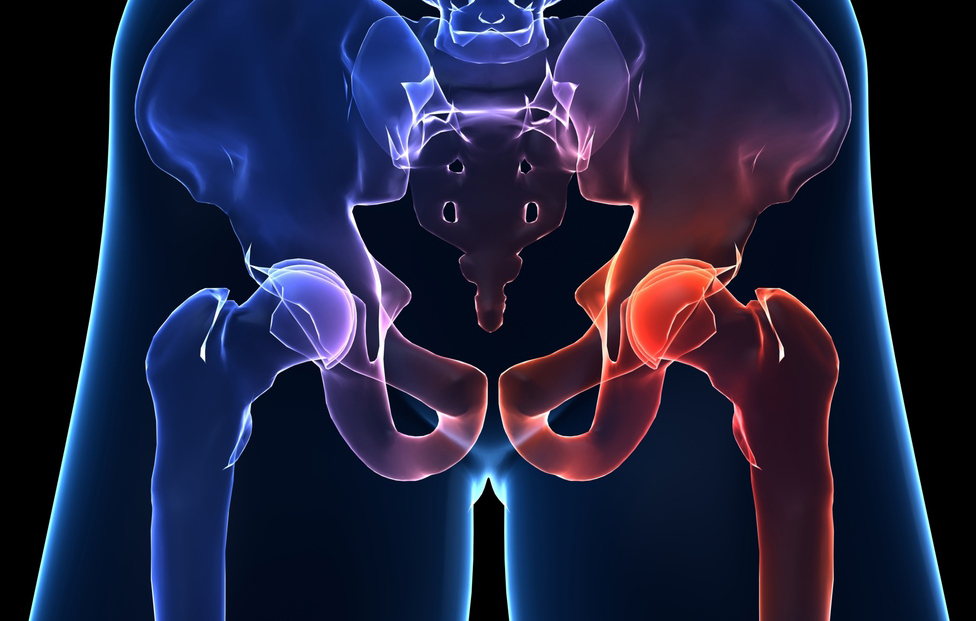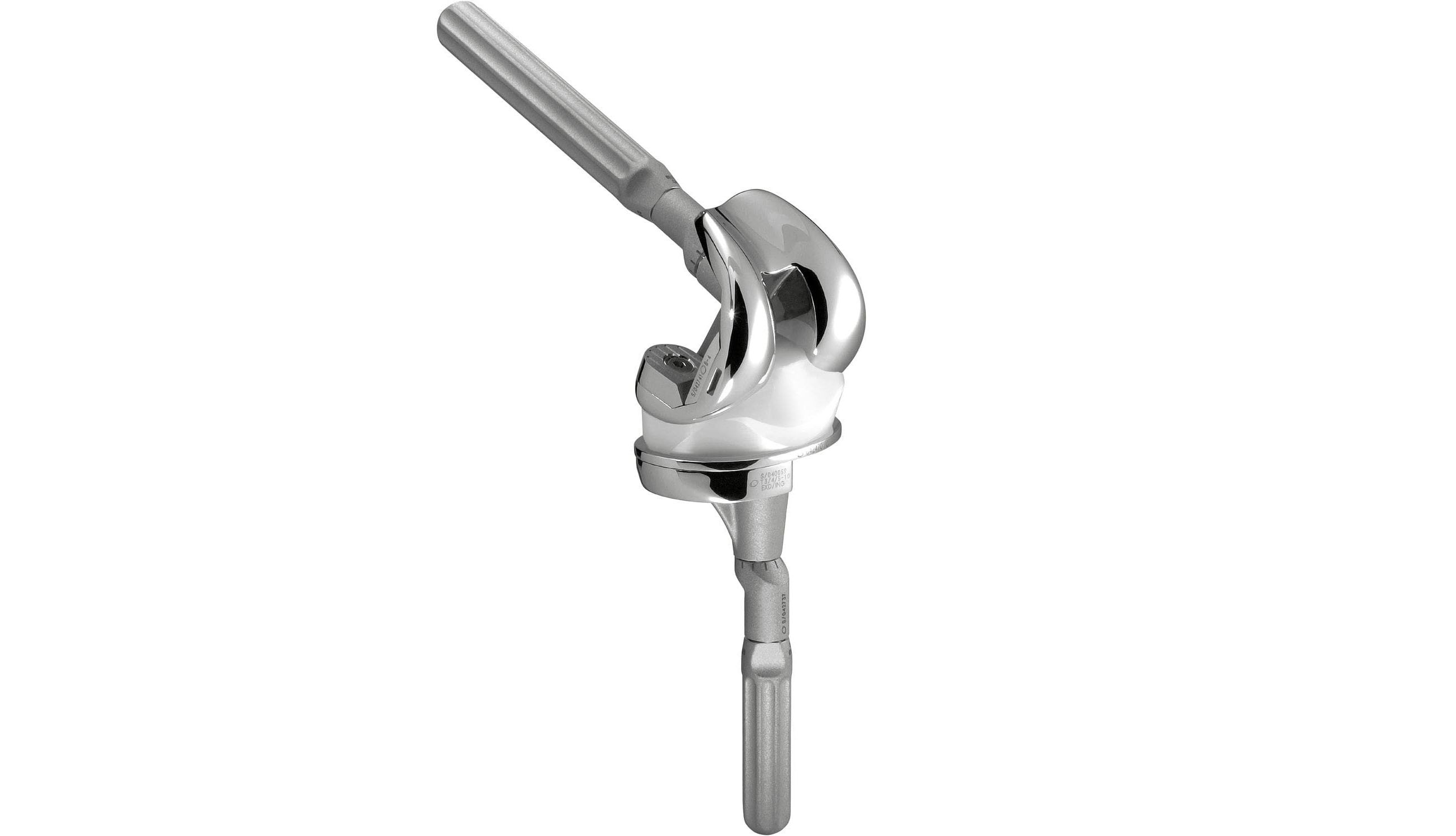[et_pb_section bb_built=”1″][et_pb_row][et_pb_column type=”4_4″][et_pb_text _builder_version=”3.13.1″]
Our dentist will be the one who informs us accurately about all the options that exist to replace the lost dental pieces and, above all, of the surgical processes necessary for its implantation, and its possible consequences, as well as the posterior adaptation problems that can be be associated with the chosen dental prosthesis.
In this sense, when we lack teeth we can replace them in a unitary way by means of dental implants or, in cases where it involves several pieces, through prostheses.
It is important that you ask your dentist about the duration of the treatment and its different phases since, usually and due to the healing processes associated with the surgeries, these treatments require weeks – and even months – until they end. However, dental techniques nowadays allow a patient to wear a temporary prosthesis while their treatment lasts to avoid having to be edentulous -without teeth- during the process.
Once the treatment is completed to compensate for the lack of teeth, it is normal that you feel uncomfortable and take a while to get used to the dental prosthesis. Discomfort or irritation, discomfort in the facial muscles and tongue, difficulty eating and speaking, or increased salivation are among the most common drawbacks, which can last from a few weeks to several months.
A denture is quite fragile and can break easily if it is hit, so it is convenient to put on and take off the denture, for example, on a towel, at least until we fully master the process.
It is necessary to keep the denture moist whenever we are not using it, for which we will immerse it in water – never hot to avoid deformations – or in a cleaning product specially designed for it.
Learn more about your health and well-being at Pharmamedic.
[/et_pb_text][/et_pb_column][/et_pb_row][/et_pb_section]









